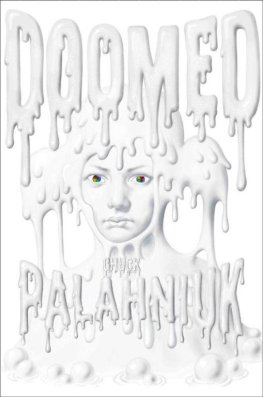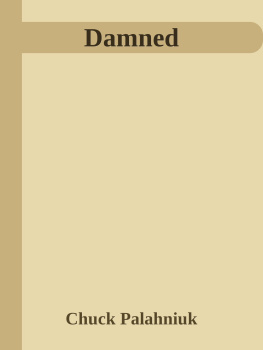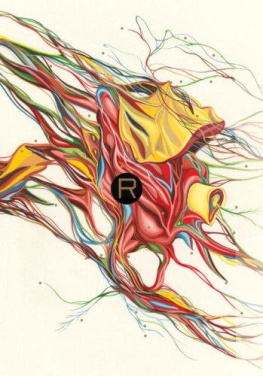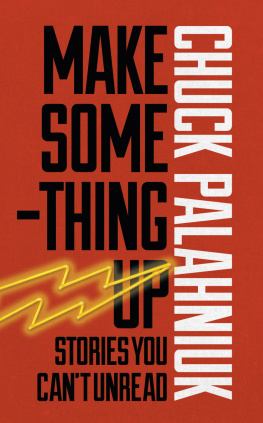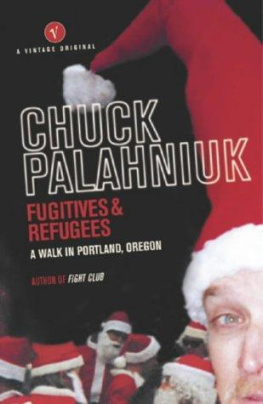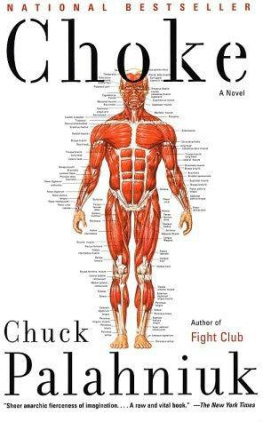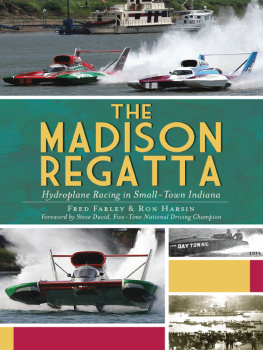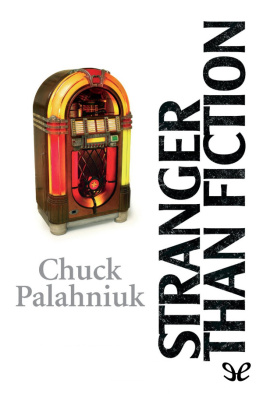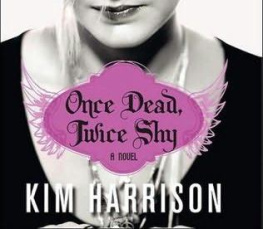
NOVEMBER 1, 12:01 A. M. PST
Life Begins at Preconception: A Prelude
Good and evil have always existed. They always will. Its only our stories about them that ever change.
In the sixth century B.C. the Greek lawmaker Solon journeyed to the Egyptian city of Sais and brought back the following account of the end of the world. According to the priests at the temple of Neith, a cataclysm will sweep the Earth with flames and poisonous smoke. In a single day and night an entire continent will founder and sink into the sea, and a false messiah will lead all of humanity to its doom.
The Egyptian seers predicted that the Apocalypse will begin on a quiet night, on a lofty hilltop perched high above the kingdom of Los Angeles. There, the ancient oracles sing, a lock will snap open. Among the great walled houses of Beverly Crest, a stout bolt will slide aside. As recorded by Solon, a hinged pair of security gates will swing wide apart. Below these, the realms of Westwood and Brentwood and Santa Monica await, sleeping, laid out in a spiders web of streetlights. And as the last clock tick of midnight echoes away, within those wide-open gates will dwell only darkness and silence until an engine can be heard rumbling to life, and two lights will seem to lead that noise forward. And from out of that gateway will issue a Lincoln Town Car which slouches forth to begin its slow descent down the hairpin curves of upper Hollywood Boulevard.
That night, as depicted in ancient prophecy, is tranquil, without a breath of wind; nevertheless, with the Lincolns slow progress a tempest begins to mount in its wake.
As it descends from Beverly Crest to the Hollywood Hills, the Lincoln stretches as long and black as the tongue of someone strangled by a noose. With pink smears of streetlights sliding down the burnished black shell of it, the Town Car shines like a scarab escaping a tomb. And at North Kings Road the lights of Beverly Hills and Hancock Park blink and go dark, not house by house but blocks and blocks of the grid are blotted out in their entirety. And at North Crescent Heights Boulevard, the neighborhood of Laurel Canyon is obliterated; not merely the lights but the noise and late-night music are vanquished. Any shimmering proof of the city is erased as the car flows downhill, from North Fairfax to Ogden Drive to North Gardner Street. And thus does darkness wash over the city, following in the shadow of the sleek car.
And so, too, does a brutal wind follow. As foretold by the priests of ages past, this gale makes thrashing mops of the towering palm trees along Hollywood Boulevard, and these sweep the sky. Their clashing fronds cast down horrible, soft shapes that land with screams against the pavement. With beady caviar eyes and scaly serpent tails, these fierce, soft shapes hammer the passing Town Car. They drop squealing. Their frenzied claws scratch at the air. Their slamming impacts do not break the windshield, because the glass is bulletproof. And the rolling tires of the Lincoln rumble over them, pulping their fallen flesh. And these plummeting, shrieking, clutching shapes are rats. Cast to their deaths, these are the flailing bodies of opossums. The tires of the Lincoln burst this red carpet of crushed fur. The windshield wipers clear the drivers view of the still-warm blood, and the crushed bones do not puncture the tires, because the rubber, too, is bulletproof.
And so relentless is the wind that it rakes the street, pushing along this burden of crippled vermin, trundling this tide of suffering always in the wake of the Town Car as it reaches Spaulding Square. Fissures of lightning fracture the sky, and rain is pushed into great curtains that strafe the tiled roofs. Thunder blasts a fanfare as the rain plunders the citys garbage cans, loosing plastic bags and Styrofoam cups.
And hard by the looming tower of the Roosevelt Hotel the boulevard is otherwise deserted and the army of trash advances on the city unimpeded by traffic lights or other automobiles. Every street, every intersection is deserted. The sidewalks are empty, as the ancient soothsayers have promised, and every window is dark.
The boiling sky is without the roving lights of aircraft, and the choked storm drains leave the streets awash in rain and fur. These streets slippery with offal. And by Graumans Chinese Theatre is all of Los Angeles reduced to such butchery and chaos.
Yet not far ahead of the car, in the 6700 blockthere the neon lights still shine. In that single block of Hollywood Boulevard the night is warm and still. No rain wets the pavement, and the green awnings of Musso and Frank Grill hang motionless. The clouds above that city block are open like a tunnel to reveal the moon, and the trees along the sidewalks are motionless. So coated in red are the headlights of the Lincoln that they cast a scarlet path for the car to follow. These glaring red beams reveal a young maiden on the sidewalk, and she stands across the street from the Hollywood Wax Museum. And there in the eye of this awful storm she gazes down on a star shape cast in pink concrete, sunk flush in the sidewalk. In her earlobes she wears dime-size, dazzle-cut cubic zirconia. And her feet are shod in counterfeit Manolo Blahniks. The soft folds of her straight-line skirt and cashmere sweater are dry. Masses of curled, red hair cascade about her shoulders.
The name cast in the pink star is Camille Spencer, but this maiden is not Camille Spencer.
A pink gob of dried chewing gum, several gobs, pink and gray and green, deface the sidewalk like scabs. Printed with the marks of human teeth, the gum is also printed with the zigzag tread of passing feet. The young maiden pries at these with the pointed toe of her faux-Manolo until she can kick the scabrous gum away. Until the star is, if not clean, cleaner.
In this bubble of still, placid night the maiden grips the hem of her skirt and brings it close to her mouth. She spits on the fabric and kneels to polish the star, buffing bright the name cast there in brass, embedded in the pink concrete. When the Town Car pulls to the curb beside her, the girl stands and steps around the star with the same respect with which one would step around a grave. In one hand she carries a pillowcase. Her fingers, their chipped white nails clenched in a fist, hold this sack of white cloth sagging heavy with Tootsie Rolls, Charleston Chews, and licorice whips. In her opposite hand she holds a half-eaten Baby Ruth.
Her porcelain-veneered teeth chew idly. A margin of melted chocolate outlines her pouting, bee-stung lips. The prophets of Sais warn that the beauty of this young woman is such that anyone seeing her will forget any pleasure beyond eating and sex. So physically appealing is her earthly form that her viewer is reduced to nothing more than stomach and skin. And the oracles sing that neither is she alive nor dead. Neither mortal nor spirit.
And parked, idling at the curb, the Lincoln is dripping red. The curbside rear window hums down a crack, and a voice announces itself from the plush interior. In the eye of that hurricane, a male voice asks, Trick or treat?
A stones throw in any direction, the night remains churning behind an invisible wall.
The maidens lips, glossed with a red-red lipsticka color called Man Hunther full lips curl into a smile. Here, the air hangs so calm that one can detect the scent of her perfume, like flowers left in a tomb, pressed flat and dried for a thousand years. She leans close to the open window and says, Youre too late. Its already tomorrow. She pauses for a long, lustful wink blanketed in turquoise eye shadow, and asks, What time is it?

